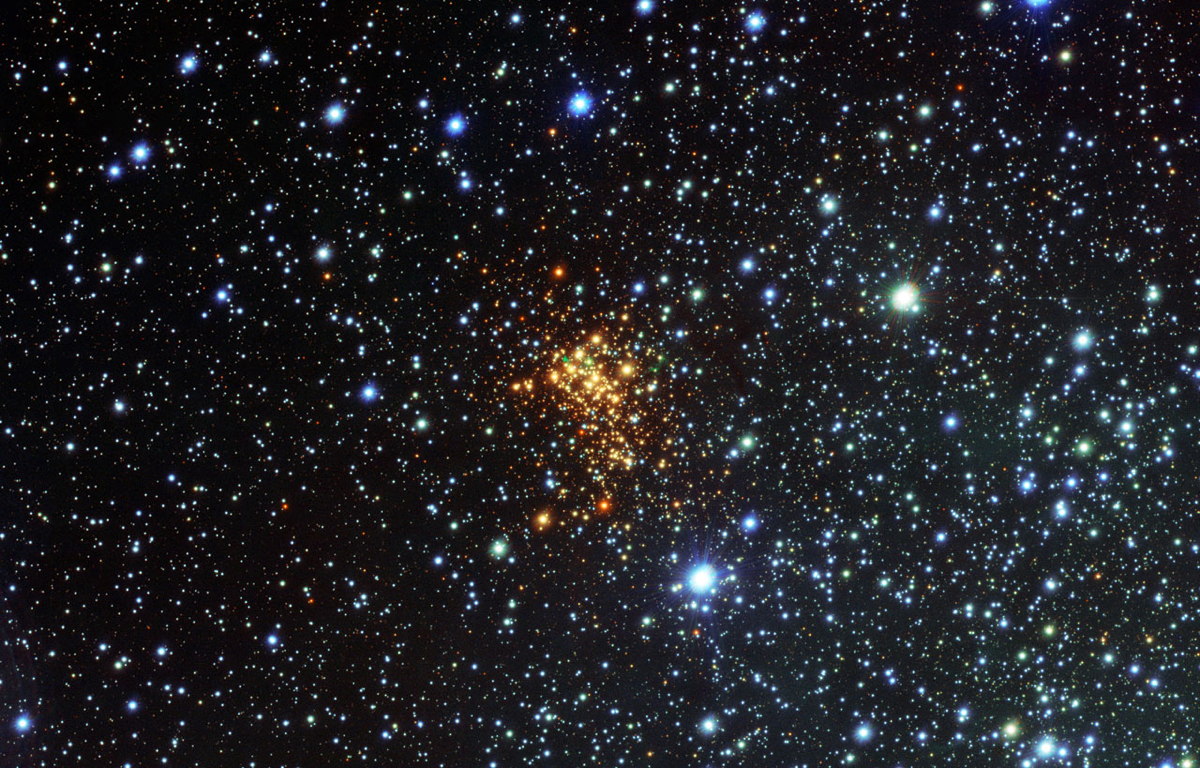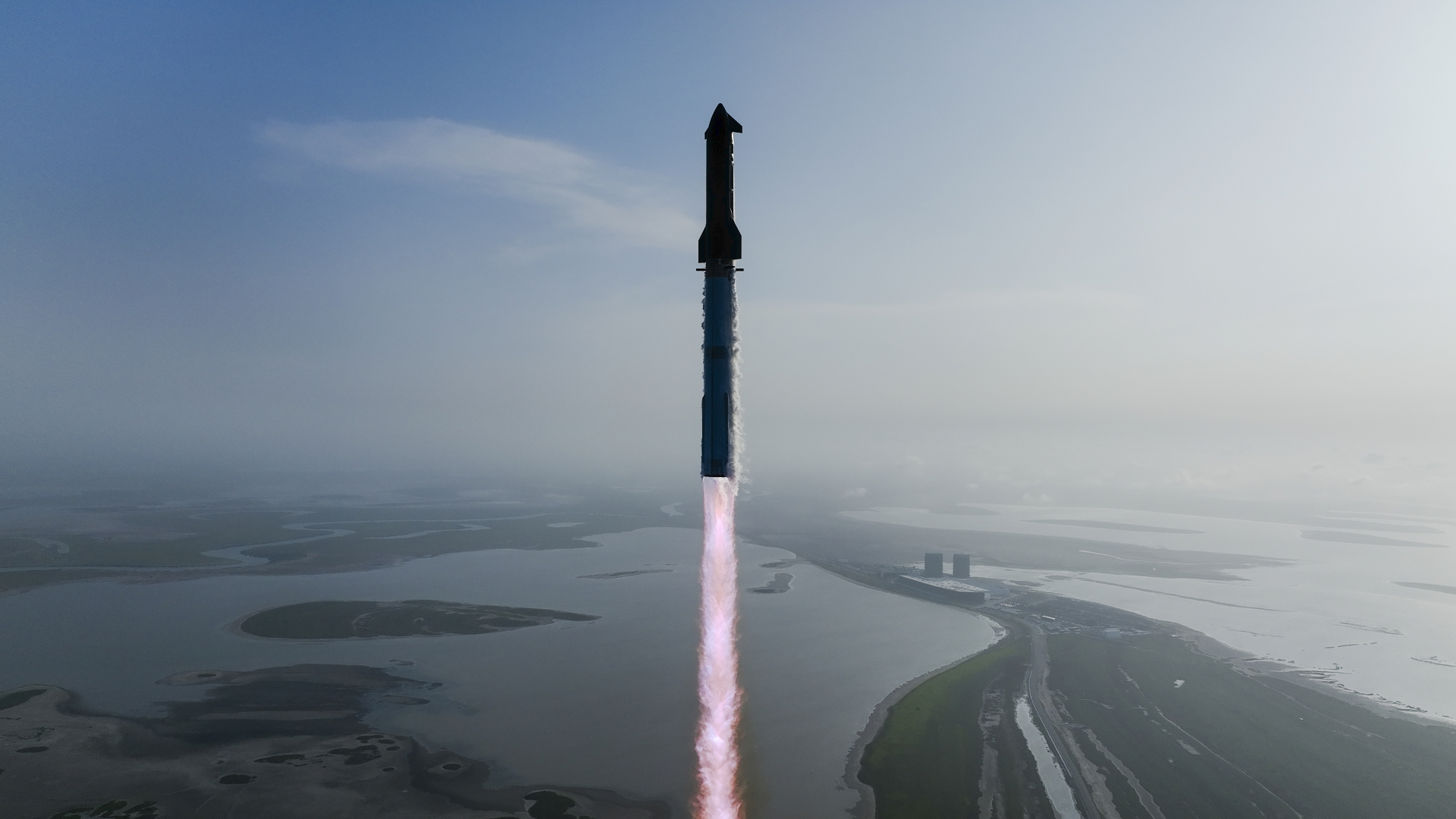Biggest Star Ever Found Is Ripping Apart (Photo)

The largest star ever discovered may give scientists a better sense of how massive, dying stars seed the universe with the ingredients for rocky planets and even life.
W26 is about 1,500 times wider than the sun, making it the biggest known star in the universe. The red supergiant star is nearing the end of its life and will eventually explode as a supernova, researchers said.
"Stars with masses tens of times larger than that of the sun live very short and dramatic lives compared to their less massive siblings," officials with the Royal Astronomical Society (RAS) in the U.K. said in a statement. "Some of the most massive stars have lifetimes of less than a few million years before they exhaust their nuclear fuel and explode as supernovas. At the very ends of their lives these stars become highly unstable and eject a considerable amount of material from their outer envelopes." [Supernova Photos: Great Image of Star Explosions]
Astronomers were using the European Southern Observatory's Very Large Telescope Survey Telescope (VST) in Chile to study the largest star cluster in the Milky Way galaxy, a collection of several hundred thousand stars about 16,000 light-years from Earth known as Westerlund 1.
As they peered at W26, which lies within Westerlund 1, the team noticed something odd: The gigantic star is surrounded by a big, glowing cloud of hydrogen gas.
This is the first "ionized nebula" ever found around a red supergiant, and it will give scientists a new chance to study how W26 and other stars like it slough off their layers before possibly going supernova, shooting material into the interstellar medium, RAS officials said.
"W26 itself would be too cool to make the gas glow; the astronomers speculate that the source of the ionizing radiation may be either hot blue stars elsewhere in the cluster, or possibly a fainter, but much hotter, companion star to W26," RAS officials said. "The fact that the nebula is ionized will make it considerably easier to study in the future than if it were not ionized."
Breaking space news, the latest updates on rocket launches, skywatching events and more!
A new photo of W26 and Westerlund 1 shows the ionized nebula glowing green, standing out in a blanket of stars. Despite its size, the cluster looks somewhat dim because gas and dust obscure its view in visible light from Earth.
The VST instrument was able to peer through that cosmic haze to investigate the star cluster and W26. The new research is detailed in the Monthly Notices of the Royal Astronomical Society.
Follow Miriam Kramer @mirikramer and Google+. Follow us @Spacedotcom, Facebook or Google+. Originally published on SPACE.com.
Join our Space Forums to keep talking space on the latest missions, night sky and more! And if you have a news tip, correction or comment, let us know at: community@space.com.

Miriam Kramer joined Space.com as a Staff Writer in December 2012. Since then, she has floated in weightlessness on a zero-gravity flight, felt the pull of 4-Gs in a trainer aircraft and watched rockets soar into space from Florida and Virginia. She also served as Space.com's lead space entertainment reporter, and enjoys all aspects of space news, astronomy and commercial spaceflight. Miriam has also presented space stories during live interviews with Fox News and other TV and radio outlets. She originally hails from Knoxville, Tennessee where she and her family would take trips to dark spots on the outskirts of town to watch meteor showers every year. She loves to travel and one day hopes to see the northern lights in person. Miriam is currently a space reporter with Axios, writing the Axios Space newsletter. You can follow Miriam on Twitter.
